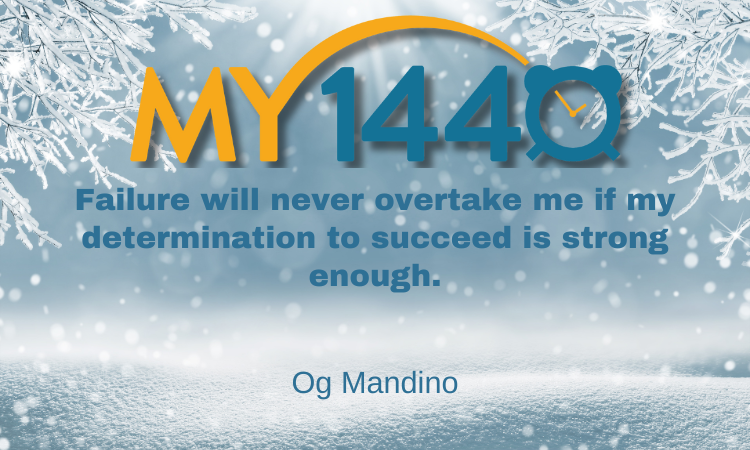#gmfrens! Here is the Motivation, Inspiration, Success #threadcast for Wednesday 12/04/2024
#1440minutes #motivationsonleo #inspirationonleo #successonleo #motivation #inspiration #success

#gmfrens! Here is the Motivation, Inspiration, Success #threadcast for Wednesday 12/04/2024
#1440minutes #motivationsonleo #inspirationonleo #successonleo #motivation #inspiration #success

MotivationHub -- THE MINDSET OF HIGH ACHIEVERS - Powerful Motivational Video for Success
!summarize
Freedom in Thought -- The Most Powerful Mindset for Success
!summarize
After Skool -- The Strange Secret to Success - Earl Nightingale
!summarize
Principles by Ray Dalio -- Principles For Success by Ray Dalio (In 30 Minutes)
!summarize
TEDx Talks -- The Secret to Success: It’s Not What You Think | Kim Perell | TEDxPepperdineUniversity
!summarize
Veritasium -- Is Success Luck or Hard Work?
!summarize
Motivation Radio -- DAILY Habits EVERYONE MUST DO To Succeed | Brian Tracy | MUST WATCH NOW!!! | Motivation Radio 2024
!summarize
MotivationHub -- THE MINDSET OF HIGH ACHIEVERS #4 - Powerful Motivational Video for Success
!summarize
Jay Shetty Podcast -- Dr. Joe Dispenza ON: How To BRAINWASH Yourself For Success & Destroy NEGATIVE THOUGHTS!
!summarize
Business Motiversity -- "I Got Rich When I Understood This" | Jeff Bezos
!summarize